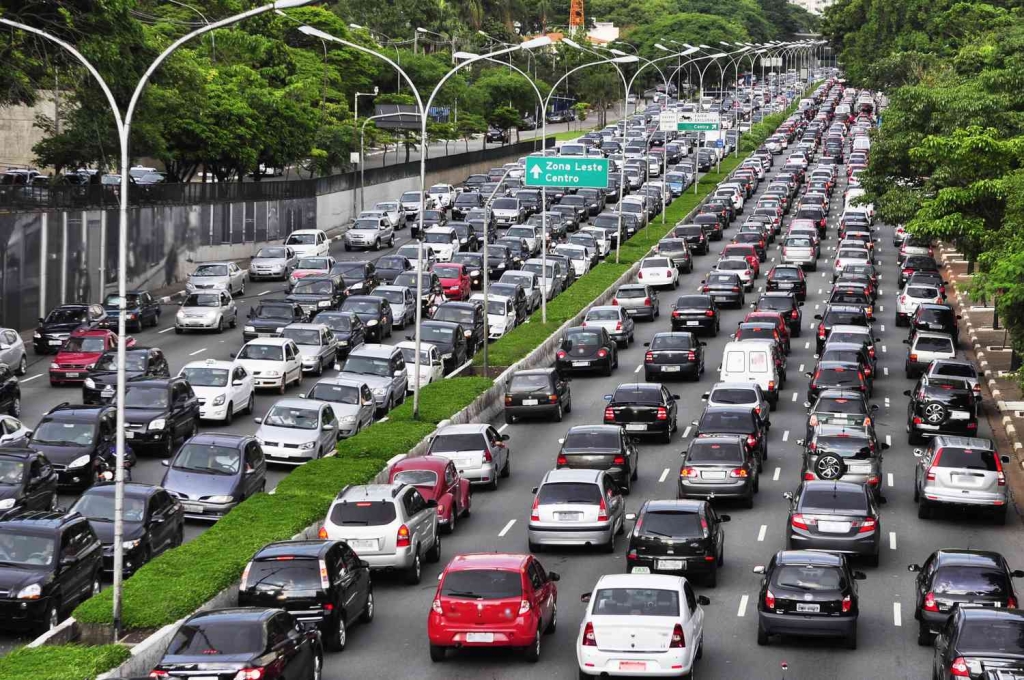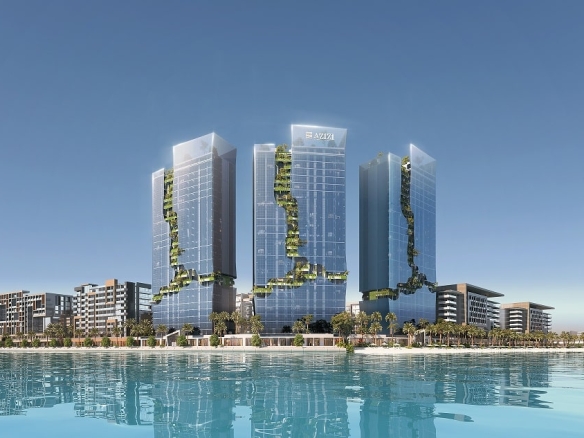The Dubai real estate industry stands as a remarkable testament to urban development, boasting iconic architectural marvels and luxury properties that have garnered global attention. However, amidst this rapid growth, the significance of meticulous urban planning cannot be understated. Poor planning within this flourishing sector can yield consequences that stretch beyond the physical landscape, affecting not only the built environment but also influencing the perceptions of customers and stakeholders. This article explores the multifaceted repercussions of inadequate planning on customer perception within the Dubai real estate industry.
Deficient Infrastructure and Services
One of the most immediate consequences of inadequate planning in Dubai’s real estate industry is the potential for subpar infrastructure and services. When development is rushed or lacks proper consideration, it can lead to a deficiency in essential amenities such as schools, hospitals, and recreational spaces. Additionally, road networks and public transportation systems may prove insufficient to support the growing population. This can pose inconveniences for residents and investors alike, potentially leading to a negative view of the real estate market as a whole.

Aesthetic and Architectural Incongruity
Dubai’s distinctive skyline is renowned for its architectural innovation and diversity. However, poor planning can give rise to architectural inconsistency within certain districts. Incoherent architectural styles, over-dense construction, and a dearth of green spaces can detract from the overall visual harmony of an area. Customers who seek a well-designed and aesthetically pleasing environment may find themselves disillusioned by the lack of coherence, potentially resulting in a less favorable perception of the real estate offerings.
Environmental Concerns and Sustainability
As global attention shifts toward sustainability and environmentally conscious practices, ignoring these considerations due to inadequate planning can significantly impact customer perception. The failure to integrate eco-friendly practices such as green building designs, effective waste management, and energy-efficient solutions can alienate environmentally conscious customers. This oversight may lead them to perceive the real estate industry as lagging in embracing sustainable development practices, affecting their overall perception of the market.
Traffic Congestion and Accessibility Issues
The swift expansion of Dubai’s real estate sector has brought with it increased traffic congestion and accessibility challenges. Poor urban planning can exacerbate these issues by creating traffic bottlenecks and inadequate transportation options. Customers who grapple with persistent traffic jams and face difficulties accessing key locations may regard the real estate industry as contributing to their quality of life issues. This negative experience can leave them with a less favorable impression of the industry as a whole.

Long-Term Value and Investment Risk
Investors often consider the potential for long-term value appreciation when investing in Dubai’s real estate market. Poor planning can jeopardize this aspect by hindering an area’s growth potential. Properties situated in inadequately planned districts may struggle to attract tenants or buyers, leading to lower rental yields or diminished property values. Such outcomes can adversely affect customer perception, as they might perceive their investments as risky or underperforming.
Mitigating the Impact of Poor Planning on Customer Perception
As the Dubai real estate industry continues to thrive, it becomes imperative to address the challenges posed by poor planning to maintain positive customer perception. By taking proactive measures to rectify these issues, stakeholders can uphold Dubai’s reputation as a top-tier global real estate destination.
Comprehensive Master Planning
Implementing comprehensive master planning is paramount to mitigating the negative effects of poor planning. Developers and city planners must collaborate to establish a holistic vision for each district, incorporating factors such as infrastructure, aesthetics, sustainability, and accessibility. A well-thought-out master plan guides development in a coherent and organized manner, contributing to a positive environment that aligns with customer expectations.
Green and Sustainable Design Integration
To address environmental concerns and bolster customer perception, the integration of green and sustainable design practices is crucial. Incorporating features like green spaces, energy-efficient technologies, and sustainable waste management systems not only aligns with global trends but also appeals to environmentally conscious customers. Developers who prioritize sustainable development send a strong message that they are invested in creating a greener and more livable urban environment.

Smart Mobility Solutions
Traffic congestion and accessibility challenges can be mitigated through the integration of smart mobility solutions. Leveraging technology to improve public transportation, implement intelligent traffic management systems, and promote alternative transportation modes can significantly enhance accessibility and reduce congestion. These measures can lead to a more convenient and efficient urban experience, positively impacting customer perception.
Quality Over Quantity
In a race for development, it’s important to prioritize quality over quantity. Rather than focusing solely on rapid expansion, developers should concentrate on creating well-designed, functional, and aesthetically pleasing spaces. This approach not only ensures a consistent architectural style but also establishes a reputation for delivering high-quality properties that resonate positively with customers.
Community Engagement
Incorporating community engagement initiatives can foster a sense of ownership and pride among residents and investors. By involving stakeholders in the planning process, developers can gain valuable insights into the needs and preferences of the community. This collaborative approach not only leads to better-planned developments but also cultivates a positive perception of the real estate industry’s commitment to the well-being of its inhabitants.
The Dubai real estate industry’s trajectory is marked by unparalleled growth and innovation. Yet, as the cityscape continues to evolve, the pitfalls of poor planning must be navigated with care. By emphasizing comprehensive master planning, integrating sustainable design, embracing smart mobility solutions, prioritizing quality, and fostering community engagement, stakeholders can mitigate the detrimental impact of poor planning on customer perception. These strategic approaches will not only enhance the physical landscape but also contribute to a positive and enduring reputation for Dubai’s real estate industry.
Frequently Asked Questions (FAQs)
– What is the significance of urban planning in the Dubai real estate industry? Urban planning plays a crucial role in shaping the development of the Dubai real estate industry. It ensures that infrastructure, amenities, aesthetics, and sustainability are harmoniously integrated, contributing to positive customer experiences and perceptions.
– How does poor planning affect infrastructure and services in real estate developments? Poor planning can lead to inadequate infrastructure such as road networks and public transportation, as well as a lack of essential amenities like schools and hospitals. This deficiency can inconvenience residents and investors, negatively impacting their perception of the real estate market.
– How does architectural incongruity influence customer perception in Dubai’s real estate sector? Architectural incongruity, stemming from poor planning, can result in inconsistent building styles and over-dense construction. This can detract from the visual appeal of an area and lead customers to view the real estate offerings as lacking aesthetic coherence.
– What role does sustainability play in customer perception within the real estate market? Sustainability is increasingly important to customers in the real estate market. Poor planning that neglects eco-friendly practices can alienate environmentally conscious customers, who may perceive the industry as not prioritizing sustainable development.
– How can the traffic congestion and accessibility challenges caused by poor planning impact customer perception? Traffic congestion and accessibility issues due to inadequate planning can lead customers to associate real estate developments with inconvenience and reduced quality of life. This negative experience can contribute to a less favorable perception of the industry.
– How does poor planning affect the long-term value and investment potential of properties? Poorly planned areas may struggle to attract tenants or buyers, resulting in lower rental yields and property values. This can create concerns for investors about the long-term value and potential returns on their investments.
– What steps can developers take to mitigate the impact of poor planning on customer perception? Developers can adopt comprehensive master planning, incorporate green and sustainable design practices, implement smart mobility solutions, prioritize quality over quantity, and engage with the community to enhance customer perception and overall satisfaction.
– How can customers ensure that the properties they invest in are well-planned and meet their expectations? Customers should conduct thorough research on developers, review master plans, consider sustainability features, and assess the accessibility and infrastructure of the area before making investment decisions.
– How can the Dubai real estate industry balance rapid growth with careful planning? Balancing rapid growth with careful planning requires a collaborative effort between developers, city planners, and policymakers. Thoughtful urban development strategies, such as phased development and prioritizing quality, can help achieve this balance.
– What are some successful examples of well-planned real estate developments in Dubai? Developments like Downtown Dubai, Jumeirah Beach Residence, and Dubai Hills Estate are often cited as examples of well-planned projects that integrate aesthetics, infrastructure, and amenities effectively, contributing to positive customer perceptions.




Join The Discussion